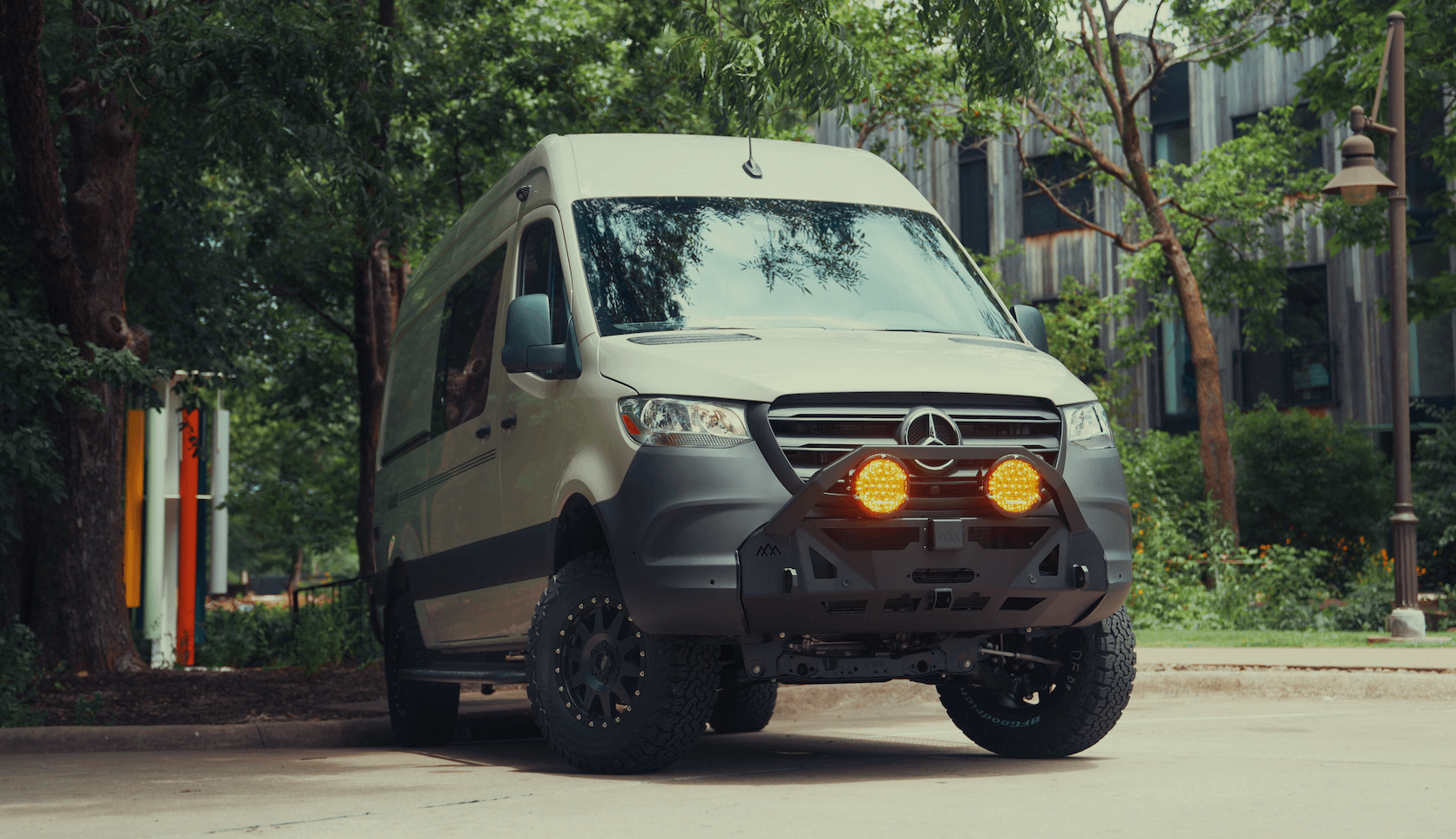Recreational Vans

Insulating a metal shell is a balancing act between heat, sound, and moisture. Thinsulate for vans earns its reputation because its fiber matrix traps air for thermal resistance while also absorbing mid and high frequency noise. The material is naturally drapable and fills odd shaped voids behind wall and ceiling panels without gaps that can sabotage comfort. In motion, the van body flexes and vibrates, and Thinsulate stays put rather than squeaking or compressing into corners. For builders seeking predictable cabin comfort across seasons, it delivers a consistent result when paired with good ventilation and window management.
Metal conducts heat quickly, so uninsulated vans feel cold in winter and hot under summer sun. Thinsulate slows that transfer by creating tiny air pockets that resist conduction and convection. Because it conforms to ribs, curves, and door recesses, it reduces thermal bridges that cause cold spots. The result is a more stable interior temperature and less cycling of heaters or air conditioning during trips.
Road roar, rain on the roof, and panel resonance add up to fatigue. Thinsulate provides broad spectrum acoustic absorption, cutting reflections inside the cabin and calming the overall sound profile. When used alongside strategic panel damping, it improves speech clarity, reduces listening fatigue on long drives, and makes sleep more restful at camp.
Vans see big swings in humidity from cooking, breathing, wet gear, and weather. Thinsulate is vapor open and does not wick water, which supports drying when the cabin is ventilated. It resists mildew when kept clean and dry and avoids the rigid foam risk of trapping moisture against cold sheet metal. The key is a system approach that includes airflow paths, sealed penetrations where needed, and smart placement to keep metal surfaces connected to drying air.
Coverage prioritization makes a visible difference. The roof is the primary solar gain surface, then upper wall cavities and sliding or rear doors. Wheel wells and the firewall contribute significant noise, so adding acoustic treatment there pays off. In cargo style shells, headliners and trim panels hide deep voids that respond well to a lofting material. Thoughtful coverage in these high impact zones yields disproportionate comfort gains compared to chasing every tiny crevice.
Ceiling bays run hottest under sun and coldest at night sky exposure, so generous loft above the headliner matters. Door cavities act like drums and benefit from both damping and absorbent fill. Rear quarter panels near the bed reward extra attention because they sit close to sleepers and influence perceived warmth and quiet.
Thinsulate shines when teamed with a layered strategy. Constrained layer damping on large flat panels reduces vibration energy, then Thinsulate absorbs airborne noise that remains. Over that, a finished liner or panel system protects the insulation and seals light drafts. The trio makes the cabin feel solid, warm, and refined without excess mass.
Leaving compression points or blocking drainage paths can undermine performance. Overpacking cavities reduces loft and lowers thermal value. Skipping ventilation or treating insulation as a moisture barrier invites condensation issues. Finally, inconsistent coverage creates hot and cold stripes that push heaters and coolers harder than necessary.
A professional install treats insulation as part of a complete van ecosystem. The process starts with a platform assessment and a plan that coordinates insulation with wiring, lighting, cabinetry, and safety systems. Panels are removed methodically, cavities are cleaned, vibration issues are addressed, and materials are placed with attention to loft retention and serviceability. The finish returns the interior to a factory level fit while delivering measurable gains in thermal stability and cabin quiet.
OZK Customs builds recreational vans with this systems mindset and integrates insulation with power, furniture, and trim so everything works together. Explore our recreational vans to see how comfort and utility meet in finished rigs: recreational vans. If you want a ground up experience tailored to your travel style, learn more about custom build vans. Prefer a finance friendly platform path with thoughtful upgrades already mapped, consider our mainstream vans.
Strong insulation choices are felt on every mile. A quiet cabin lowers fatigue, steady temperatures protect batteries and electronics, and controlled moisture extends the life of finishes. When installed as part of a cohesive plan, Thinsulate for vans helps your rig feel composed in city traffic and at high elevation camp.
After handoff, the difference shows up immediately. You will notice a calmer tone on the first drive, a ceiling that no longer radiates heat at midday, and evenings that stretch longer before the heater cycles on. Overnight, bedding stays drier and mornings feel less clammy because the interior surfaces run closer to room temperature. That is the mark of an insulation system doing its job.
Ready to experience the cabin you hoped for from the start Contact our team and we will tailor a plan that matches your platform, climate, and travel rhythm.
At OZK Customs we design and build complete custom vans and thoughtful partial upfits that elevate comfort, function, and durability. Start with our home page to meet the team, browse recreational vans for build paths, or dive into custom build vans to begin your journey.
Ready for a warmer, quieter van with professional grade insulation and a factory clean finish? Tell us about your platform and travel goals, and our team will spec the right materials, integrate them with your electrical and interior plan, and deliver a road tested result. Start your custom or partial upfit now and feel the difference on day one.
ADDRESS:
6159 E Huntsville Rd, Fayetteville, AR 72701
PHONE:
(479) 326-9200
EMAIL:
info@ozkvans.com